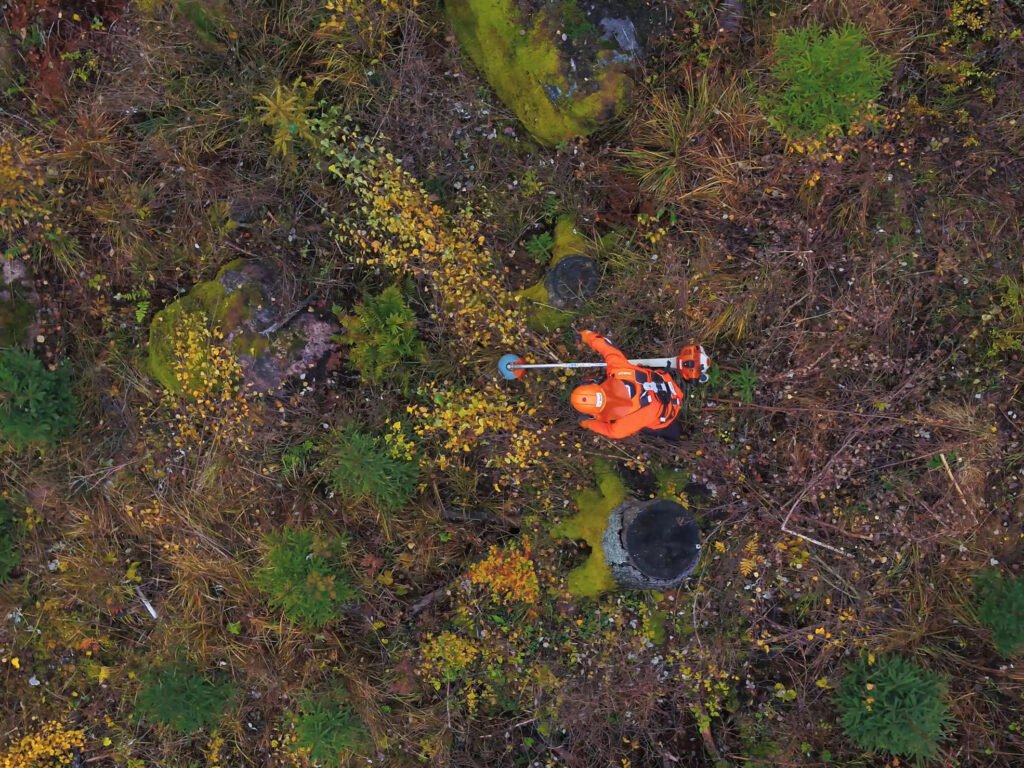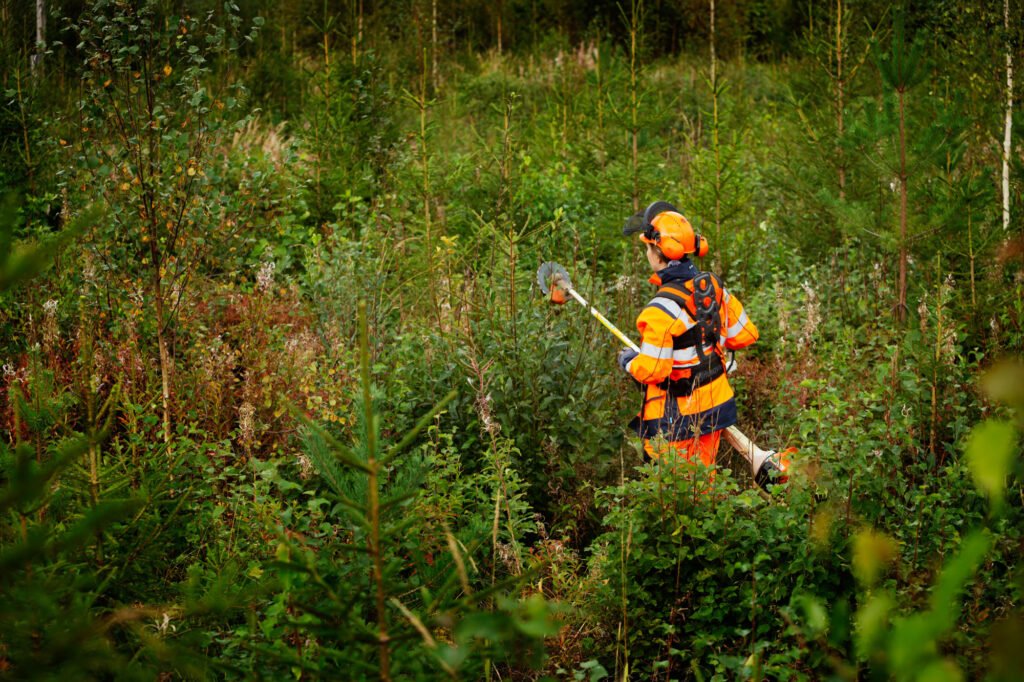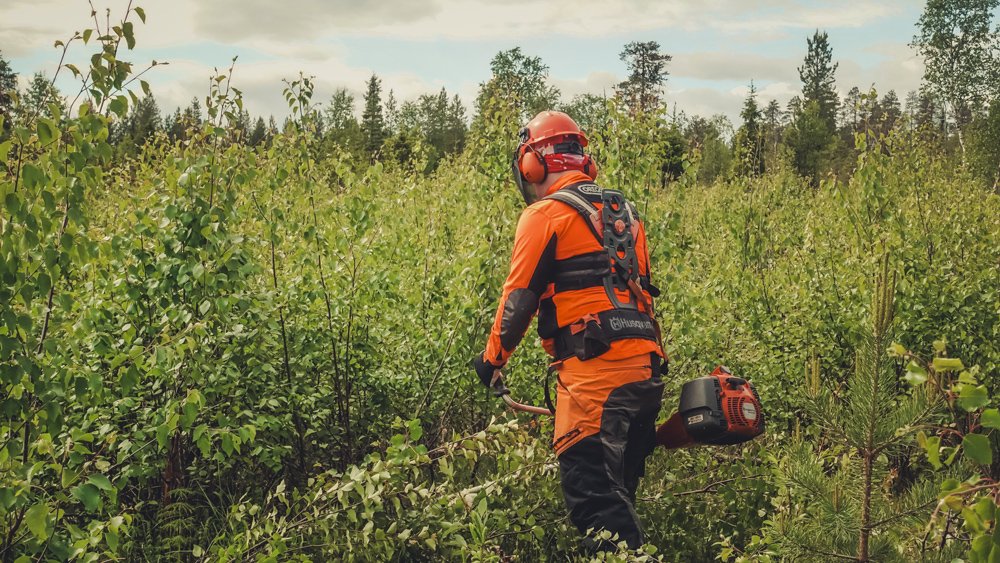Early tending secures the growth of your seedling stand

Early tending is a silvicultural operation in which the deciduous sprouts that hinder the growth of conifer seedlings are reduced in a conifer seedling stand. In addition, groups of conifer seedlings growing too densely may be thinned. By carrying out early cleaning you ensure the growth of your seedling stand and prevent stand damage that would otherwise occur in an over-dense forest at the time of first thinning.
Early tending is carried out when the crop pine or spruce seedlings are about one metre high – i.e. 4–8 years after planting. In planted birch stands, early cleaning is usually not needed.

In early tending, deciduous undergrowth that is sprout-origin and clearly taller than the conifers is removed completely. Seed-origin silver birches that are of equal height to or shorter than the conifers are left to grow sparsely. The conifer seedlings being grown and the retained seed-origin silver birches must be at least one metre apart.
Other deciduous trees are also spared, especially in gaps. If necessary, conifers growing less than half a metre apart are also thinned so that the best seedling is left on the site.
Timely early tending is worthwhile.

The pricing of early tending is based on the difficulty classes of young-stand tending, which rewards the forest owner for timely silviculture.
State forestry support is available for early tending. Our forest experts can tell you more about the support options and, if necessary, handle the related notifications and applications. We apply for all supports directly on behalf of the forest owner.